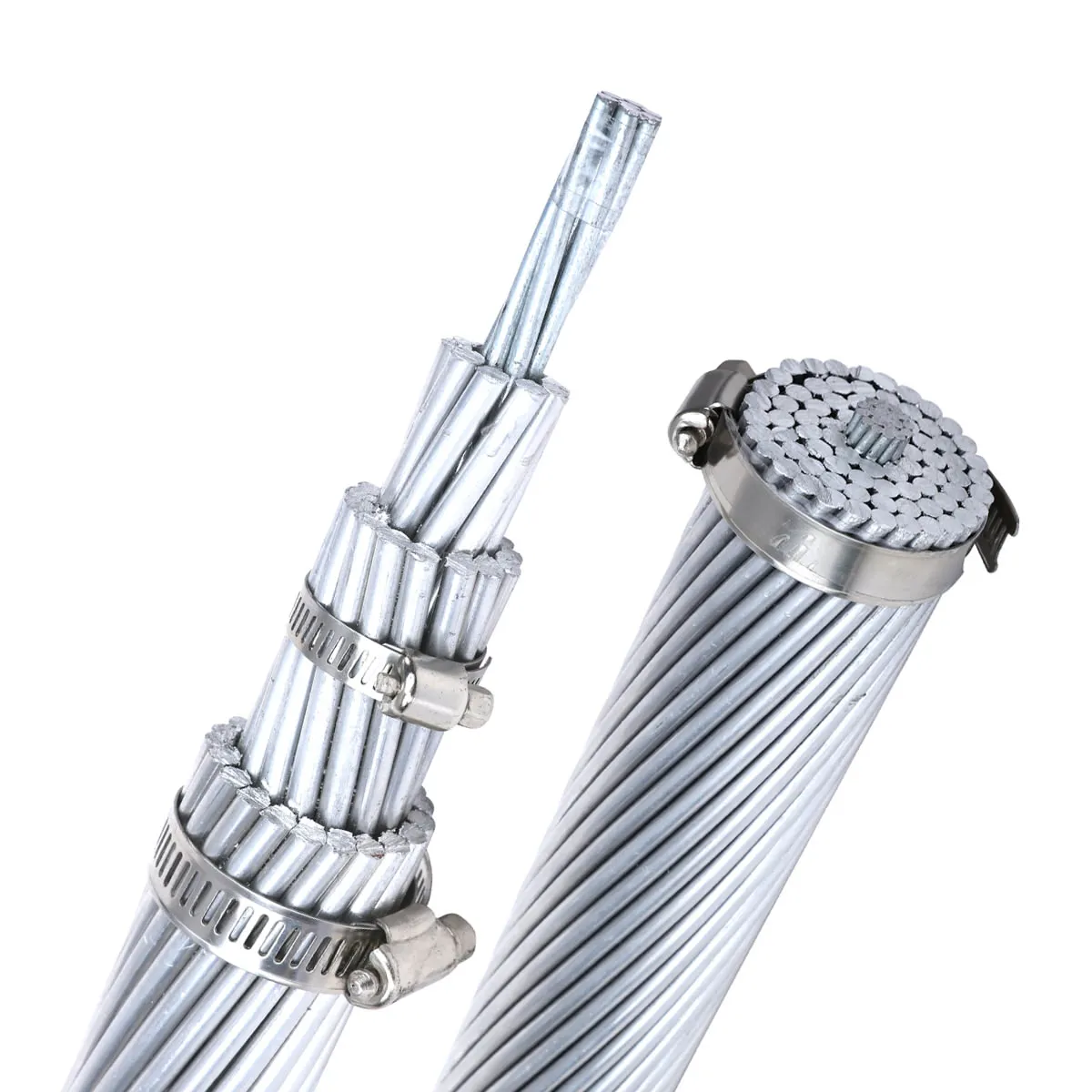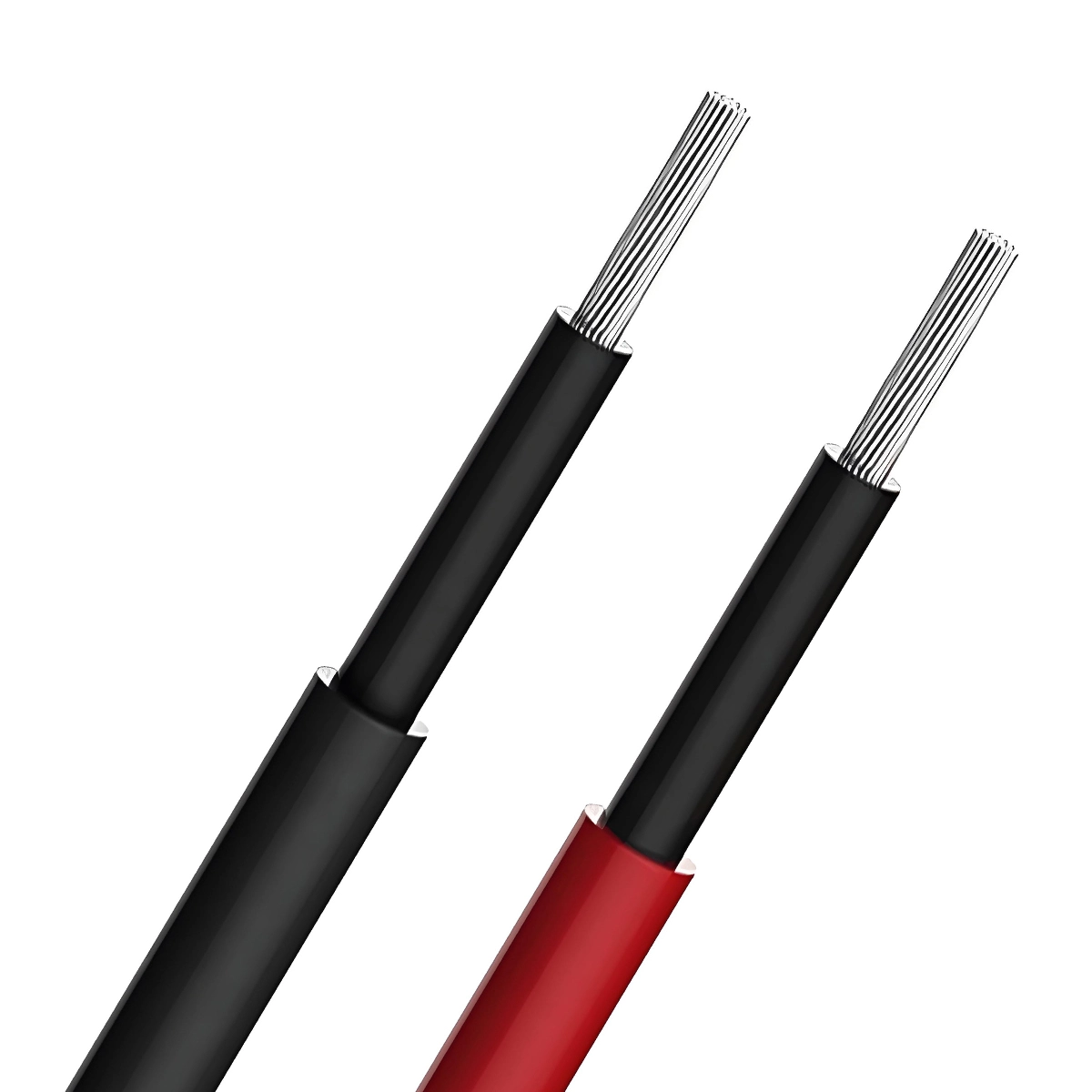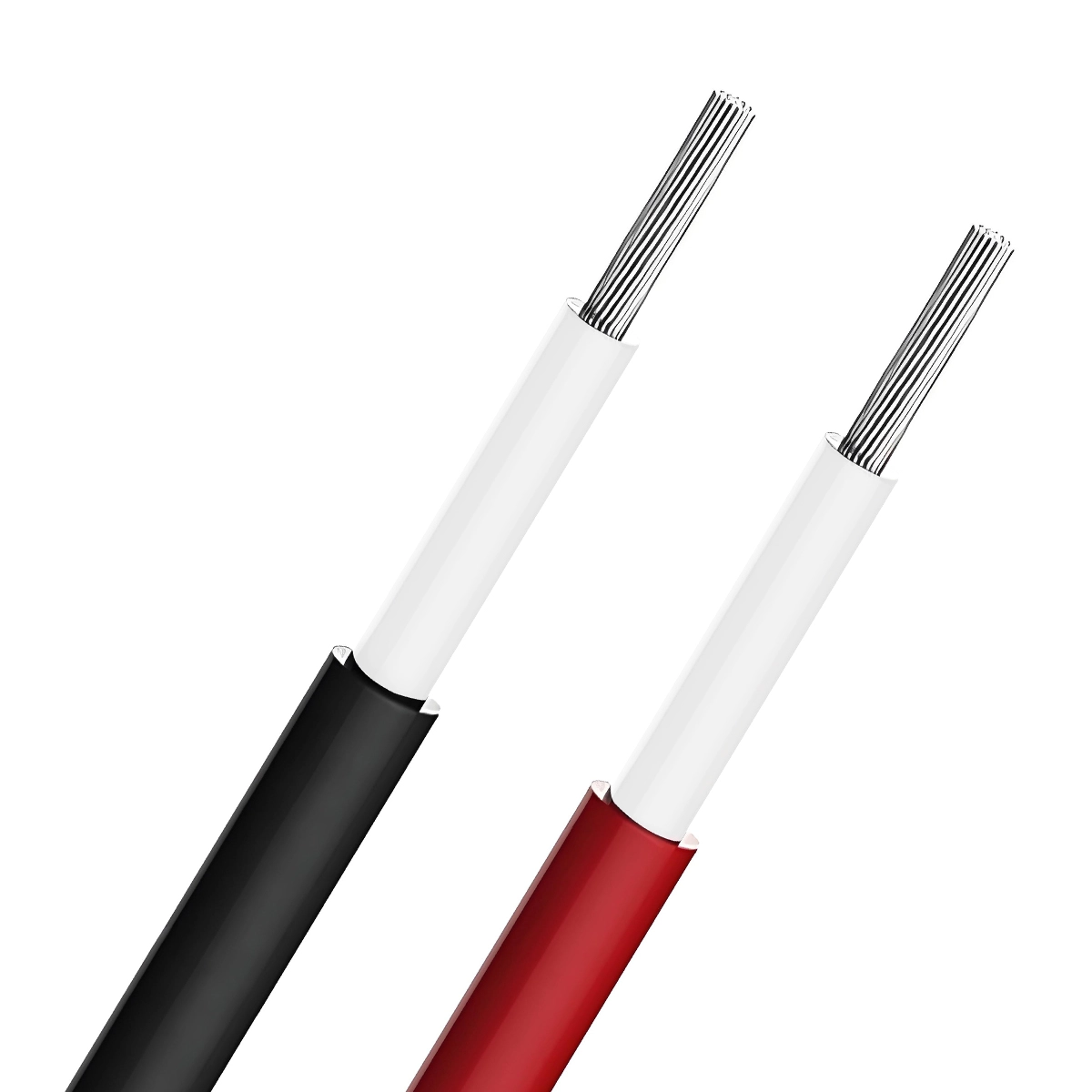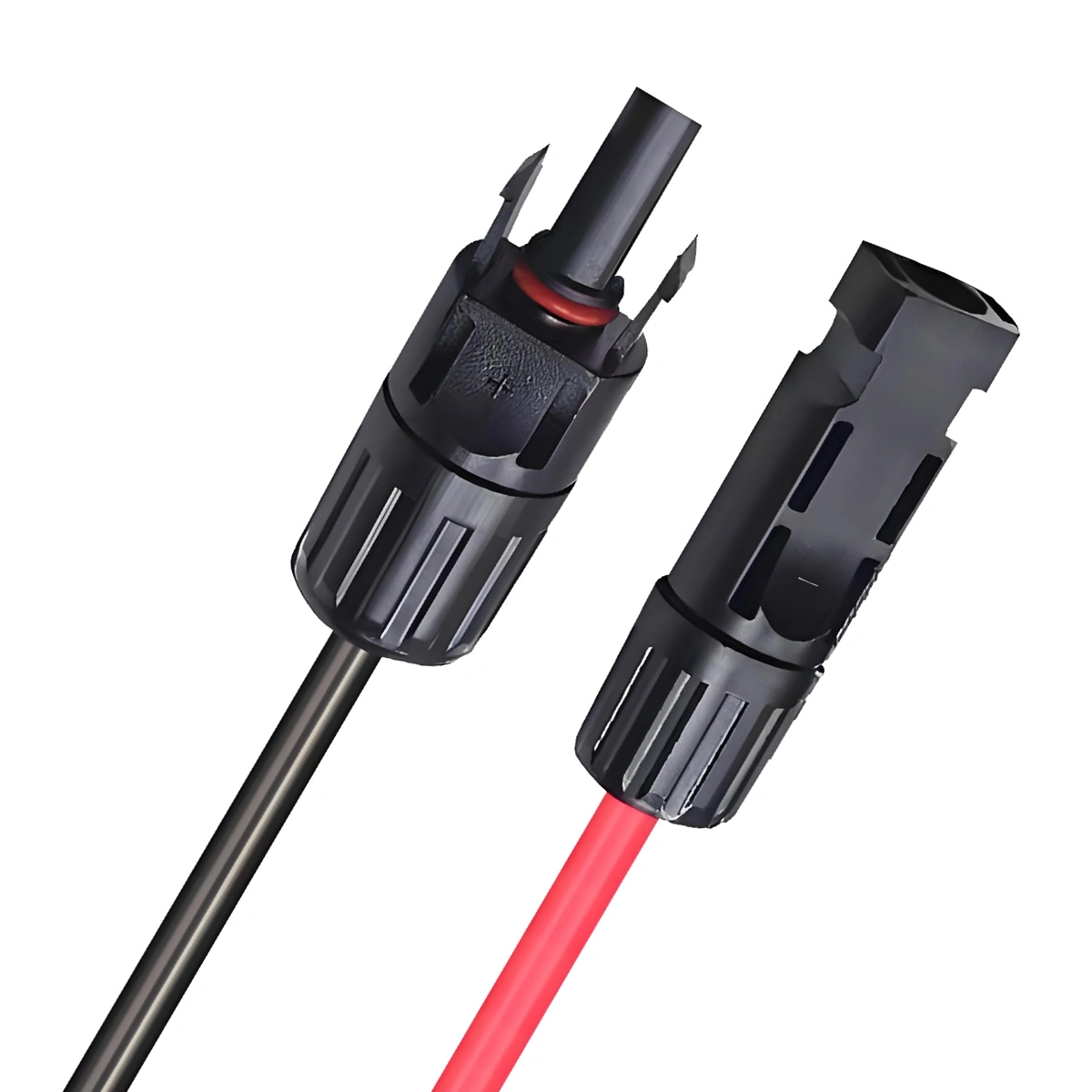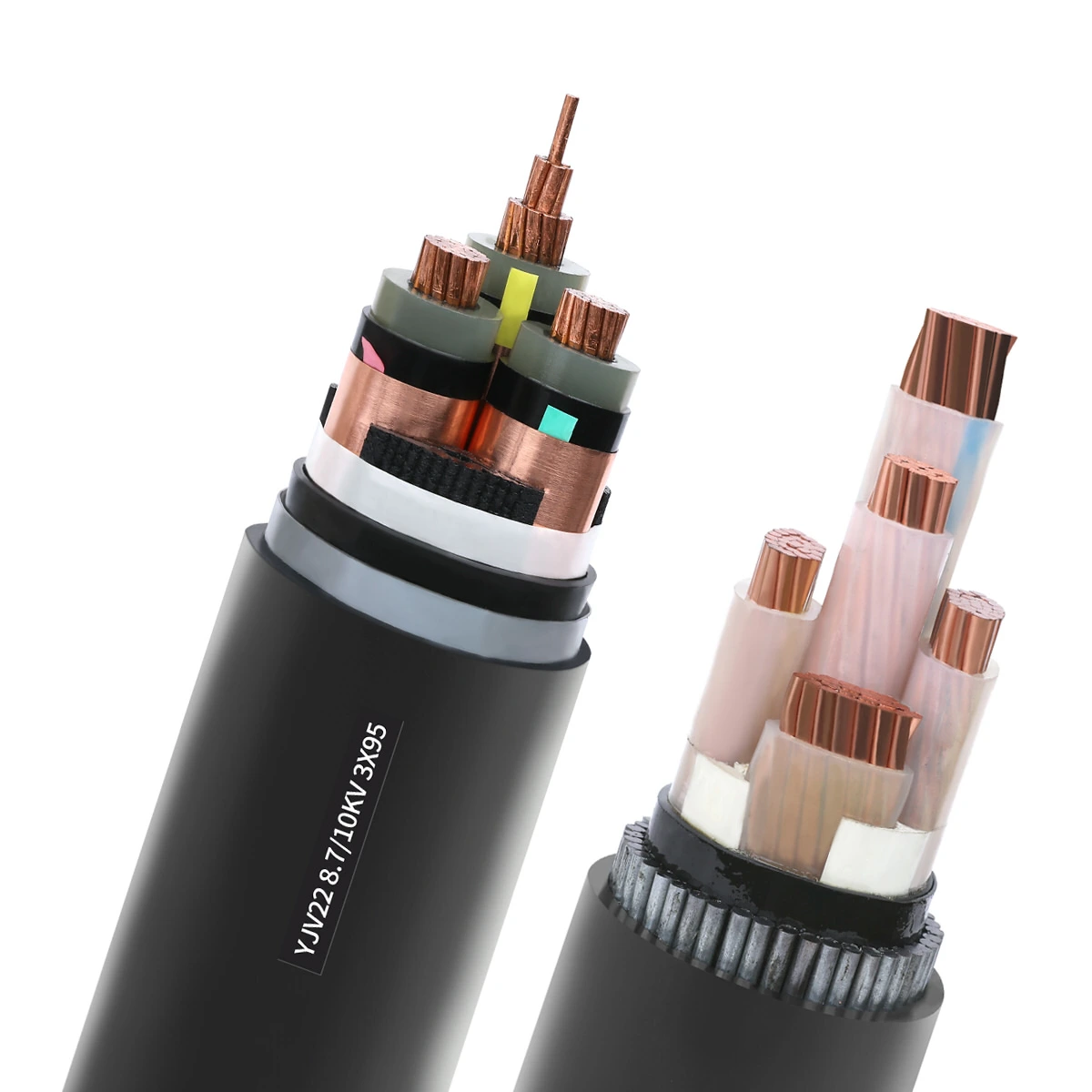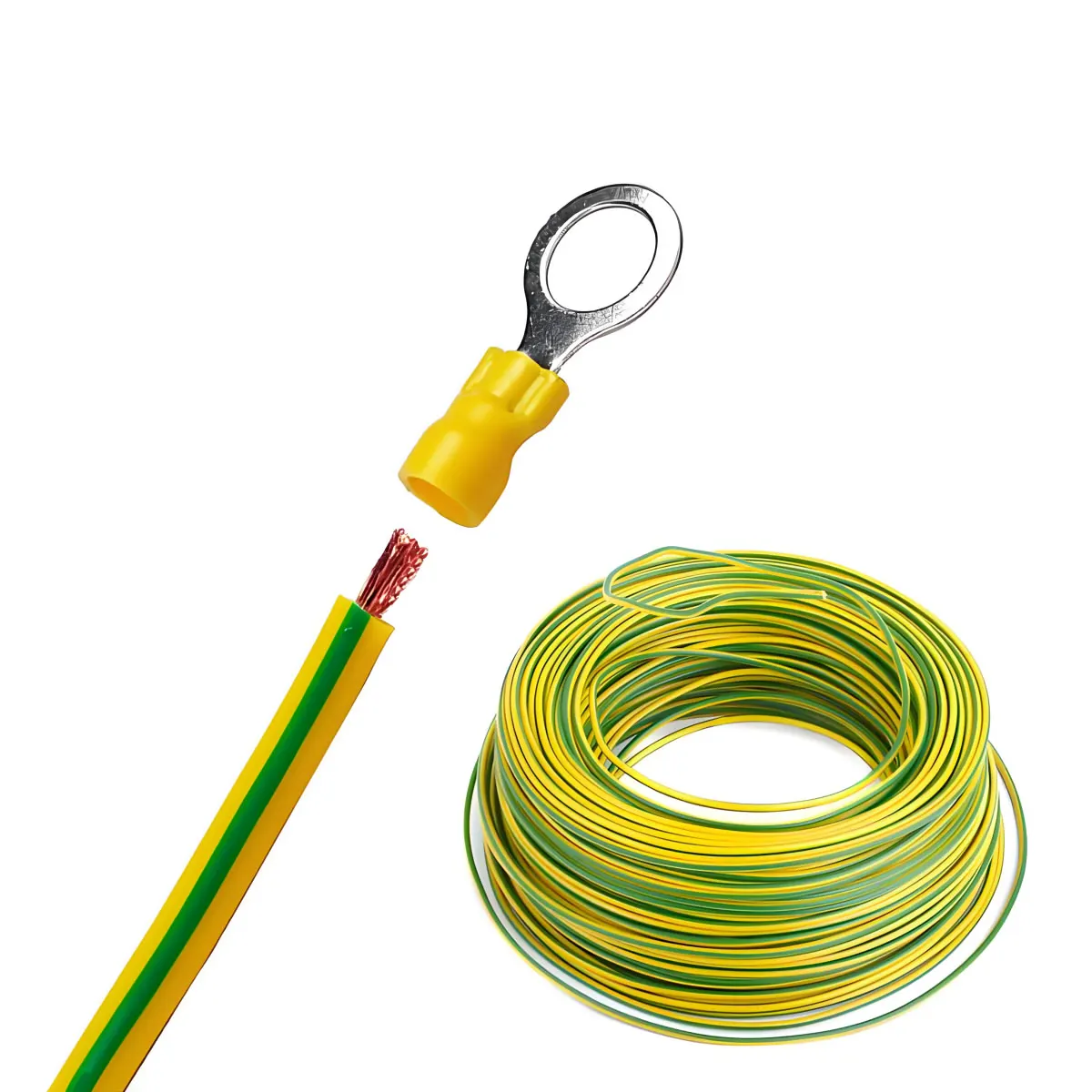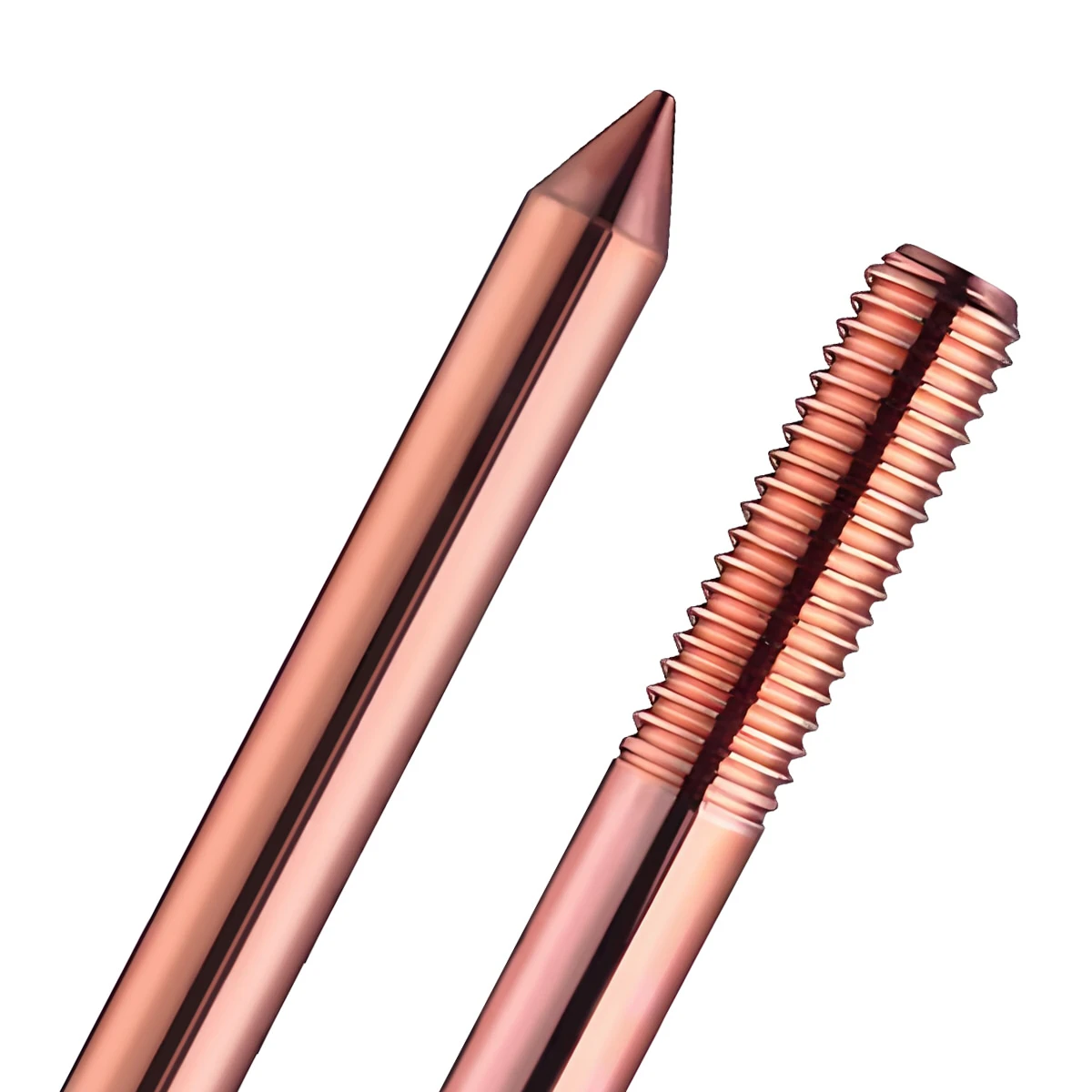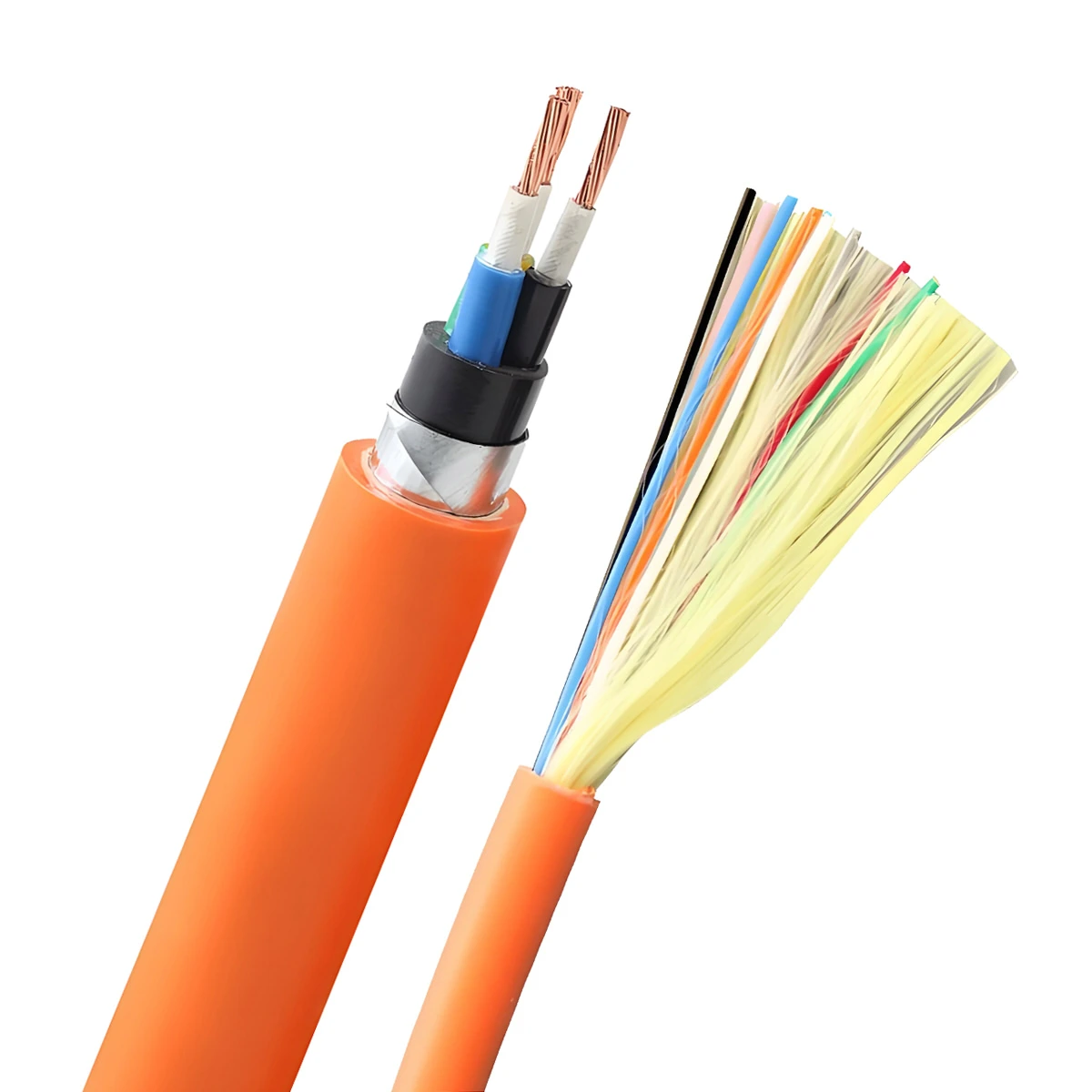ओवरहेड केबल
ओवरहेड केबल सौर ऊर्जा प्रणालियों द्वारा उत्पन्न बिजली को ग्रिड में एकीकृत किया जा सकता है. ZMS ACSR जैसे आवश्यक ओवरहेड केबल प्रदान कर सकता है, खुलती, एएसी, और विभिन्न फोटोवोल्टिक विद्युत उत्पादन परियोजनाओं के लिए एएएसी.
ग्रिड से जुड़े सौर ऊर्जा प्रणालियों में, उपयोग की जाने वाली ओवरहेड केबल का प्रकार विशिष्ट स्थापना आवश्यकताओं पर निर्भर करता है, जैसे वोल्टेज स्तर, धारा वहन करने की क्षमता, यांत्रिक शक्ति, और पर्यावरणीय स्थितियाँ.
सौर पैनलों के लिए उपयोग किए जाने वाले डीसी केबल से लेकर इन्वर्टर आउटपुट के लिए उपयोग किए जाने वाले एसी केबल तक, और अंत में ओवरहेड या भूमिगत केबलों तक जो ग्रिड से जुड़ते हैं, ZMS की पेशेवर टीम सौर परियोजना के पैमाने पर व्यापक रूप से विचार करेगी, भौगोलिक स्थिति, पर्यावरणीय स्थितियाँ, और आपके लिए सबसे उपयुक्त पावर केबलिंग समाधान तैयार करने के लिए ग्रिड कनेक्शन आवश्यकताएँ.
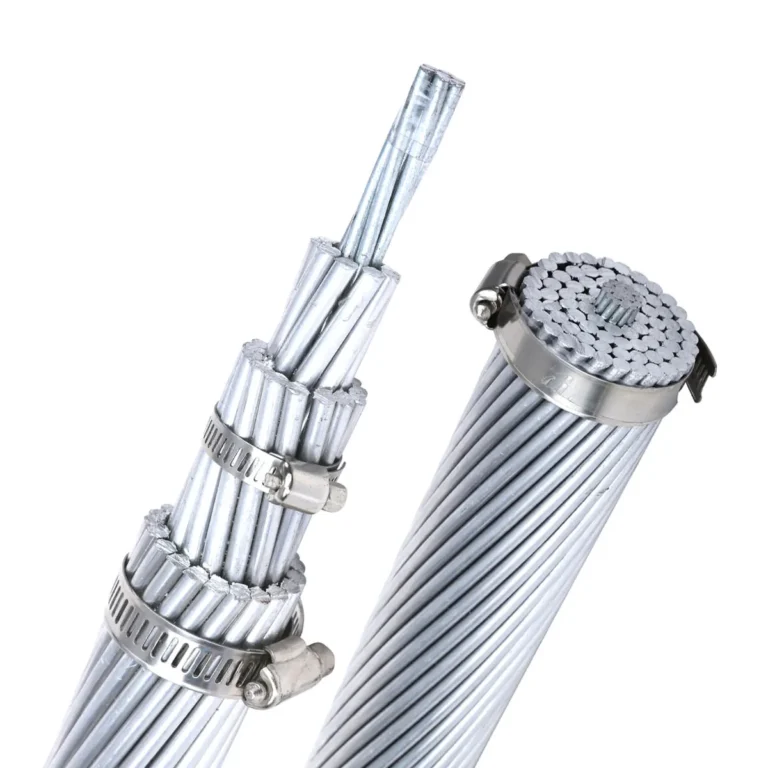

एएसी (सभी एल्यूमिनियम कंडक्टर)
संरचना:
AAC is composed of one or more strands of aluminum wire. These conductors are made from electrolytically refined aluminum with a minimum purity of 99.7%. The construction follows the standards of EN 60889 Type AL1 according to BS 215.
Characteristics:
AAC conductors are highly conductive and primarily used in urban areas for low, medium, and high voltage overhead lines where spans are short. They exhibit excellent corrosion resistance, making them ideal for coastal regions.
मानकों:
ASTM B 230, ASTM B 231, TS IEC 1089, DIN48201, and BS 215.
AAAC (All Aluminum Alloy Conductor)
संरचना:
AAAC cables consist of aluminum alloy wires concentrically stranded. They are made from a magnesium-silicon-type aluminum alloy (alloy 6201) with magnesium content between 0.6-0.9% and silicon content between 0.5-0.9%. These conductors are designed to be highly conductive with a minimum of 53% IACS.
Characteristics:
AAAC conductors offer improved strength, weight, और एएसी और एसीएसआर की तुलना में विद्युत गुण. उनके पास बेहतर ऊर्ध्वाधर तन्यता गुण और बेहतर संक्षारण प्रतिरोध है, उन्हें मध्यम और उच्च वोल्टेज ट्रांसमिशन लाइनों के लिए उपयुक्त बनाना. उनका कम बर्फ तोड़ने वाला भार कम बर्फ और हवा के भार वाले क्षेत्रों में फायदेमंद होता है. एएएसी कंडक्टर विशिष्ट एप्लिकेशन आवश्यकताओं और ग्राहक आवश्यकताओं के आधार पर अनुकूलन योग्य हैं.
मानकों:
ASTM B 230, ASTM B 231, TS IEC 1089, DIN48201, and BS 215.
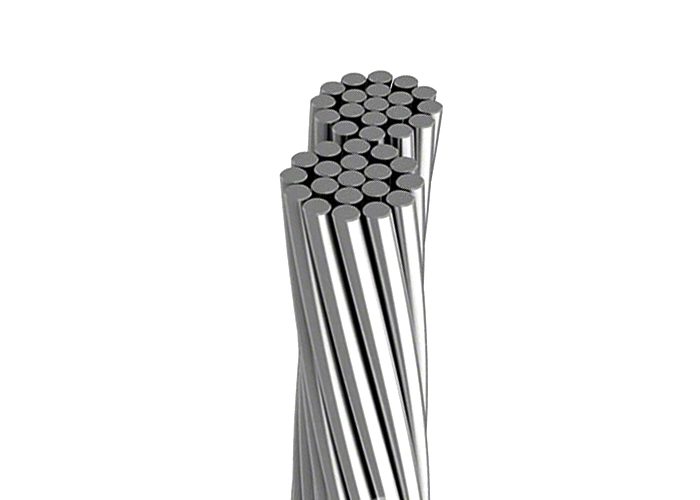
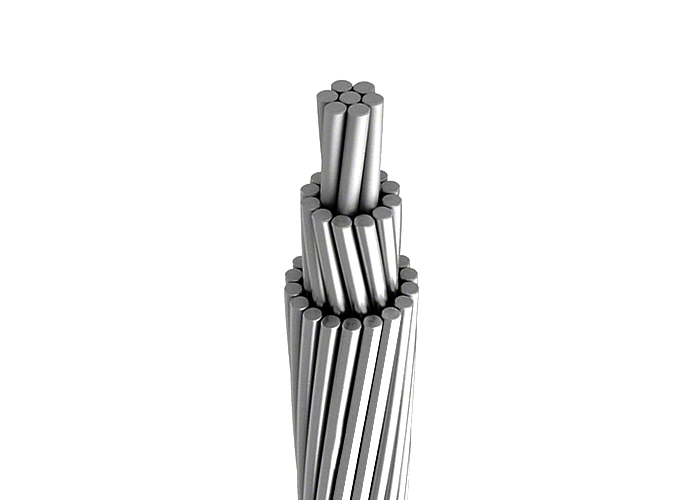
शंट (एल्यूमिनियम कंडक्टर स्टील प्रबलित)
संरचना:
एसीएसआर कंडक्टर में संकेंद्रित परतों में फंसे कई एल्यूमीनियम और गैल्वेनाइज्ड स्टील कंडक्टर होते हैं. कोर गैल्वनाइज्ड स्टील से बना है, जिसमें शामिल हो सकते हैं 1, 7, या 19 तारों, और एल्यूमीनियम धागों से घिरा हुआ है. एसीएसआर के लिए कोर तार क्लास ए के साथ उपलब्ध है, बी, या सी गैल्वनाइजिंग.
Characteristics:
ACSR केबल बहुमुखी हैं और सभी वोल्टेज स्तरों पर ट्रांसमिशन लाइनों के लिए उपयुक्त हैं, including challenging terrains such as rivers and ravines. By adjusting the proportions of aluminum and steel, specific properties for various applications can be achieved. Increasing the steel content enhances antistatic properties, while more aluminum content increases current carrying capacity.
मानकों:
ASTM B 230, ASTM B 231, TS IEC 1089, DIN48201, and BS 215.
ZMS केबल उत्पाद
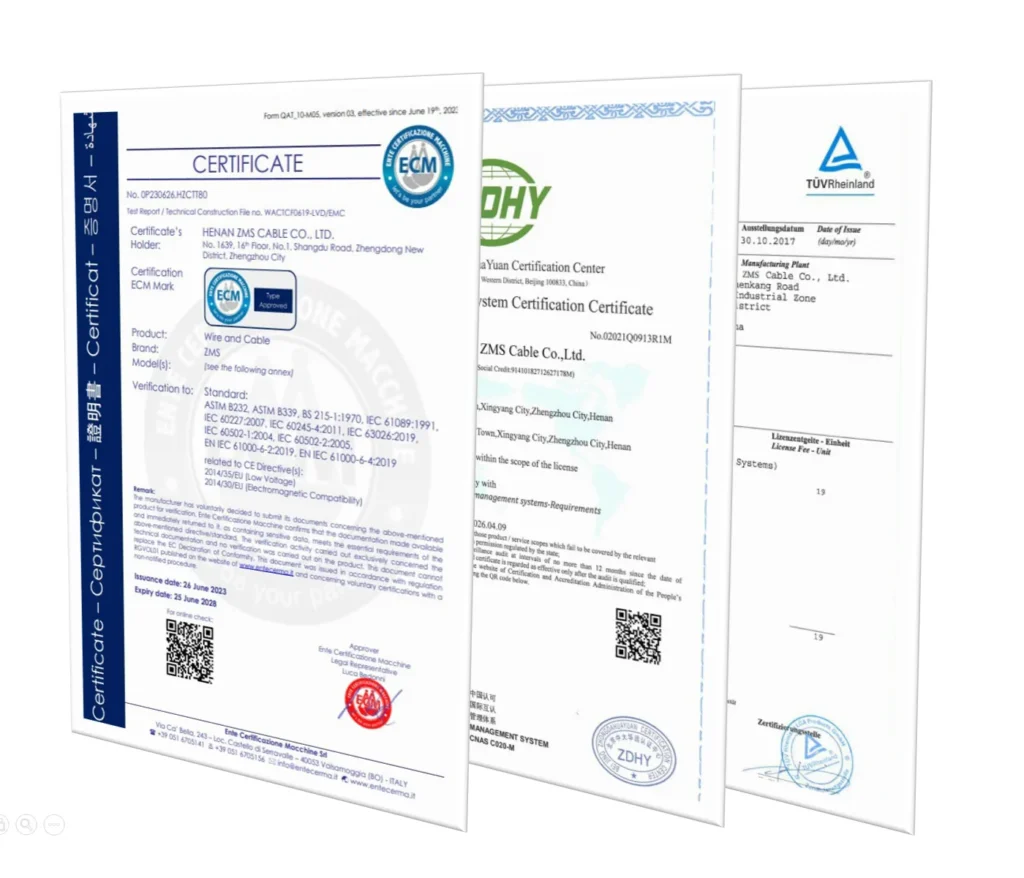
अक्सर पूछे जाने वाले प्रश्न
सौर ऊर्जा प्रणालियों में किस ओवरहेड केबल का उपयोग किया जाए?
In grid-connected photovoltaic power generation systems, once the generated DC power is converted to AC power by the inverter and integrated into the AC grid, power transmission is often carried out via overhead lines. Typically, the grid connection process of photovoltaic power generation systems can occur in the following scenarios:
Direct Connection
For small distributed photovoltaic power generation systems, such as residential rooftop photovoltaics, the DC power can be directly converted to AC power through the inverter and then connected to the low-voltage grid via distribution lines. In this case, underground low-voltage cables and overhead insulated cables like ABC cables can be used.
Connection through Box Transformers or Substation Integration
Medium or commercial-scale photovoltaic power stations may use box-type substations (box transformers) to convert the DC power generated into AC power suitable for grid integration through the inverter, and then step up the voltage through the box transformer to match the voltage level of the overhead grid, before connecting to overhead lines.
Large-scale ground-mounted photovoltaic power stations typically require a transformer to step up the voltage to a higher level for efficient transmission. In this case, बिजली सीधे सबस्टेशन से जुड़ी होती है, जो फिर इसे हाई-वोल्टेज या अल्ट्रा-हाई-वोल्टेज ओवरहेड ग्रिड में वितरित करता है.
इन दो परिदृश्यों में, यदि पावर स्टेशन से ग्रिड कनेक्शन बिंदु तक की दूरी अपेक्षाकृत कम है और लोड बड़ा नहीं है, AAC cable could be an economical choice. मध्यम दूरी के लिए या जहां बेहतर शारीरिक प्रदर्शन की आवश्यकता होती है, AAAC cable may be a better option. लंबी दूरी के ट्रांसमिशन के लिए या जहां विशेष केबल मजबूती आवश्यकताओं की आवश्यकता होती है, खासकर जब ओवरहेड लाइनों को जटिल इलाके को पार करने या अत्यधिक मौसम की स्थिति का सामना करने की आवश्यकता होती है, ACSR conductor will be the most suitable choice.
What Are the Differences between AAC, AAAC, and ACSR Cables?
एएसी: All-Aluminum Conductor (एएसी) cables are relatively low-cost, lightweight, and have good conductivity, making them suitable for short-distance transmission and light load conditions. तथापि, their strength is relatively low, with limited tensile capability, which might not be suitable for long distances or situations requiring high mechanical strength.
AAAC: Compared to AAC, All-Aluminum Alloy Conductor (AAAC) cables have higher mechanical strength, better tensile strength, and corrosion resistance while maintaining good conductivity. This makes AAAC more suitable for medium-length transmission lines and environments with certain mechanical strength requirements, although the cost may be slightly higher than AAC.
शंट: Aluminium Steel Reinforced Conductor (शंट) cables combine the excellent conductivity of aluminum with the high strength of steel. They are particularly suitable for long-distance, heavy load, or transmission lines with strict mechanical strength requirements. ACSR cables can effectively withstand storms, snow loads, and line tension but are relatively more expensive.
In solar power generation systems, the choice between AAC, AAAC, or ACSR cables mainly depends on the system’s design, transmission distance, load requirements, and cost-benefit analysis. For short-distance and light load power transmission, AAC can be selected. For medium distances or where better physical performance is needed, AAAC is suitable. For long-distance transmission or complex environmental conditions, ACSR is usually the preferred choice.
What Factors Should Be Considered When Selecting Overhead Cables for PV Power Systems?
When selecting overhead lines for photovoltaic power generation systems, several key factors must be considered to ensure the system’s safety, क्षमता, and long-term reliability:
Environmental Conditions: Evaluate the climate conditions of the installation site, including wind speed, rainfall, temperature range, ice load, and salt spray corrosion. Choose overhead cable types and specifications that can withstand these environmental impacts.
Voltage Level and Current Carrying Capacity: Select cables with the appropriate voltage level and sufficient current carrying capacity based on the output power of the photovoltaic power generation system and grid connection requirements to ensure safe and lossless power transmission.
Conductor Type: Consider using AAC, AAAC, or ACSR conductors based on transmission distance, load requirements, and cost-benefit analysis. For low-voltage transmission, use insulated cables such as PVC or XLPE insulated cables.
Route Planning: Follow overhead line route selection principles, such as shortening the path as much as possible, reducing corners, avoiding potential obstacles and hazardous areas, ensuring line stability, and ease of maintenance.
Mechanical Strength and Durability: Choose cables that can withstand tension, wind pressure, and other mechanical stresses. For long-distance transmission or harsh environments, high mechanical strength ACSR may be the better choice.
Installation and Maintenance: Consider the ease of installation, maintenance costs, and potential future expansion needs. Choose cable types that are easy to install and maintain.
Safety: सुनिश्चित करें कि ओवरहेड केबल और सहायक उपकरण स्थानीय सुरक्षा मानकों और विनियमों का अनुपालन करते हैं, जिसमें बिजली संरक्षण और ग्राउंडिंग आवश्यकताएँ शामिल हैं, बिजली की आग और बिजली के झटके के जोखिम को रोकने के लिए.
लागत प्रभावशीलता: विभिन्न ओवरहेड पावर केबल समाधानों की लागत और लाभों का व्यापक मूल्यांकन करें, प्रारंभिक निवेश सहित, परिचालन रखरखाव लागत, और अपेक्षित जीवनकाल, सबसे किफायती और उचित निर्णय लेने के लिए.
अनुकूलता और अनुपालन: सुनिश्चित करें कि चयनित ओवरहेड केबल फोटोवोल्टिक प्रणाली की आउटपुट पावर से मेल खाती है और राष्ट्रीय या क्षेत्रीय विद्युत सुरक्षा मानकों और ग्रिड कनेक्शन आवश्यकताओं को पूरा करती है।.
भविष्य की विस्तारशीलता: सौर मंडल के संभावित विस्तार पर विचार करें. भविष्य में उत्पादन क्षमता बढ़ाने या सिस्टम में सुधार करते समय सुविधाजनक उन्नयन की सुविधा के लिए कुछ अतिरेक वाले केबल चुनें.
अंतिम केबल चयन विशिष्ट परियोजना की वास्तविक स्थिति पर आधारित होना चाहिए, पर्यावरणीय कारकों सहित, बजट बाधाएं, सुरक्षा मानक, और ग्रिड आवश्यकताएँ. ZMS आपके सौर ऊर्जा उत्पादन परियोजना के लिए एक व्यापक केबल समाधान प्रदान कर सकता है, परियोजना कार्यान्वयन प्रक्रिया को सरल बनाने में मदद करना, निर्माण अवधि कम करें, और लागतों को प्रभावी ढंग से नियंत्रित करें.
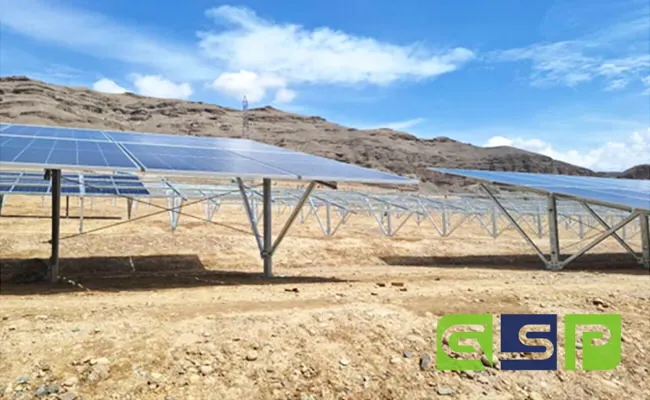
प्रोजेक्ट हाइलाइट
ZMS के साथ जुड़ गया हरित राज्य शक्ति (जीएसपी), नवीकरणीय ऊर्जा अवसंरचना में अग्रणी, एक स्मारकीय सुसज्जित करने के लिए 10 काबुल में MWP फोटोवोल्टिक परियोजना, अफ़ग़ानिस्तान.
ZMS ने पीवी परियोजना का व्यापक विश्लेषण किया और इसे प्रदान किया 1X10 और 1X6 सौर केबल H1Z2Z2-K, 3X300 एलवी केबल, 3X300 एमवी केबल, साथ ही एसीएसआर 185/30 ओवरहेड केबल. इन्हें पूरक करने के लिए पीवी कनेक्टर और सावधानीपूर्वक क्यूरेटेड टूलबॉक्स जैसे महत्वपूर्ण सहायक उपकरण थे.
गुणवत्ता और विश्वसनीयता के प्रति ZMS की प्रतिबद्धता ने सुचारू स्थापना और परिचालन दक्षता की सुविधा प्रदान की, क्षेत्र की स्थायी ऊर्जा अवसंरचना में योगदान देना.
जेएमएस सेवा
अनुकूलित विनिर्माण
We understand that every customer's needs are unique. इसलिए, हम वैयक्तिकृत सौर केबल अनुकूलन सेवाएँ प्रदान करते हैं, आपकी विशिष्ट परियोजना आवश्यकताओं के अनुसार केबल विशिष्टताओं से लेकर कनेक्शन इंटरफेस तक हर विवरण को तैयार करना, अधिकतम अनुकूलता और दक्षता सुनिश्चित करना.
ग्लोबल रैपिड रिस्पांस लॉजिस्टिक्स
हमारे वैश्विक लॉजिस्टिक्स नेटवर्क के समर्थन से, ZMS सुनिश्चित करता है कि आपका फोटोवोल्टिक केबल ऑर्डर दुनिया के किसी भी कोने में सुरक्षित और तुरंत पहुंचे. हमारी पेशेवर लॉजिस्टिक्स टीम आपके सामान की समय पर डिलीवरी सुनिश्चित करने के लिए परिवहन के हर चरण की निगरानी करती है.
तकनीकी समर्थन
ZMS's technical support team is always on standby. आपके सामने जो भी तकनीकी चुनौतियाँ आती हैं, हम त्वरित प्रतिक्रियाएँ और पेशेवर समाधान प्रदान कर सकते हैं, चिंता मुक्त उपयोगकर्ता अनुभव सुनिश्चित करना.
हरित उत्पादन
हमारे सौर केबल और सहायक उपकरण उत्पादन प्रक्रिया के दौरान पर्यावरण मानकों का सख्ती से पालन करते हैं, पर्यावरण पर उनके प्रभाव को कम करना. ZMS चुनकर, आप न केवल उच्च गुणवत्ता वाले फोटोवोल्टिक केबलों में निवेश कर रहे हैं बल्कि ग्रह के सतत विकास में भी योगदान दे रहे हैं.

